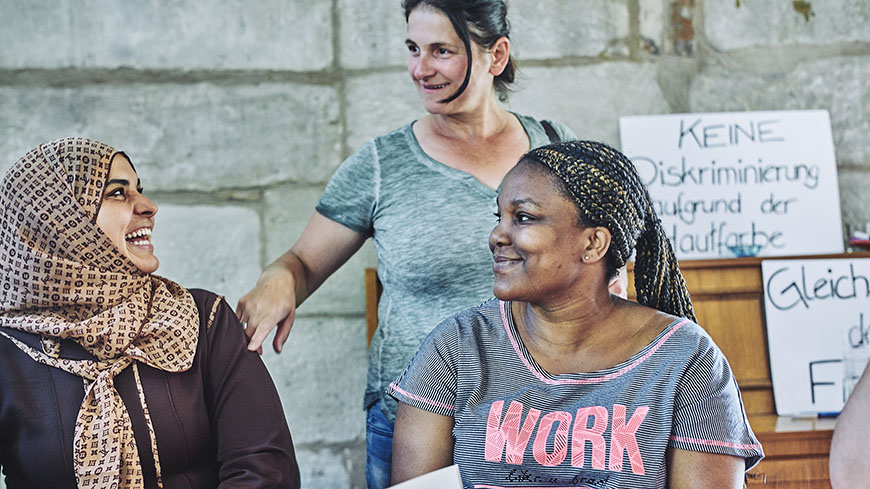Well-designed and well-managed intercultural integration strategies are essential to increase the resilience and cohesion of European societies, and to build a solid basis for the inclusion of everyone, including migrants arriving to Europe. The Council of Europe’s Steering Committee on Anti-discrimination, Diversity and Inclusion (CDADI) has adopted two practical documents to help states ensure that policy makers, public officials and the general public perceive diversity not as a threat but as a collective advantage that generates dividends - not only for migrants, but for society as a whole.
Ensuring equality, valuing diversity, fostering meaningful intercultural interaction, and promoting active citizenship are the core principles of the Council of Europe’s intercultural integration model. This model focuses on intercultural interaction as a way to building bridges between diverse individuals and communities and is based on the assumption that “integration is a two-way street”.
As demonstrated by several studies, ethnic and religious diversity at the local and national levels is in fact associated with increased economic and social well-being. Realising the advantage of diversity is, however, not automatic. It requires that diversity be accompanied by specific policies which make society truly inclusive while managing conflicts that may threaten community cohesion.
Capacity building programme and tools for migrant integration
Manual for the design of a training course on intercultural competence
Press release
Council of Europe’s Committee for anti-discrimination and inclusion offers practical tools for reaping the benefits of migrant integration


